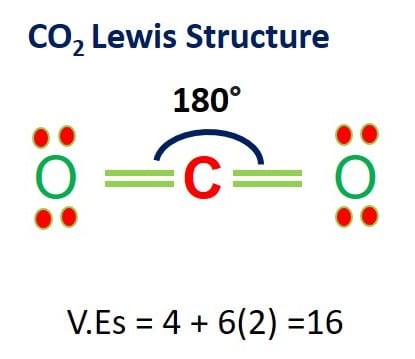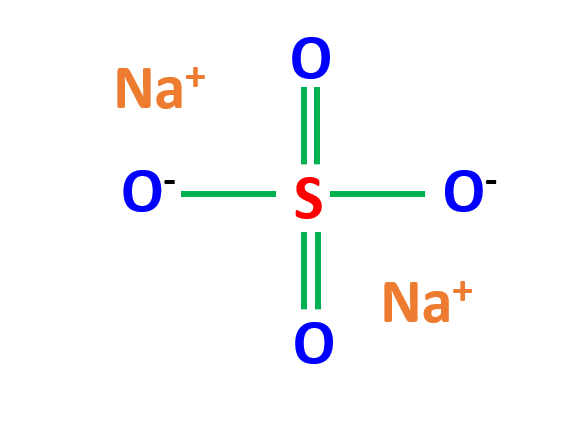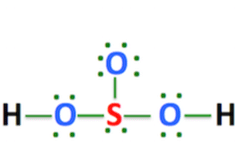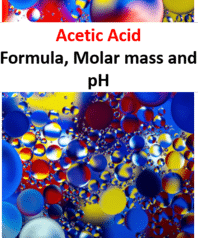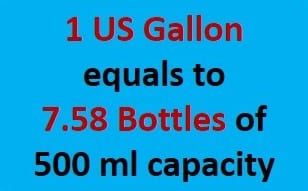Carbon dioxide (CO2) is a colorless, odorless, incombustible gas resulting from the oxidation of carbon. Its Lewis structure comprises two different atoms: carbon and oxygen. It is a nonpolar molecule with a bond angle of 180 degrees. CO2 is used as the refrigerant in fire extinguishers and it is a significant greenhouse gas in the Earth’s …
Science
In the SiO2 Lewis structure, there is one atom of silicon (Si) atom and two atoms of Oxygen (O). The number of valence electrons in Si is 4 and the number of valence electrons in O is 6. The total number of valence electrons is 16. SiO2 Lewis Structure (Step by Step Construction) In the SiO2 …
The momentum equation is simply the product of the mass (m) and velocity (v) of a moving object. If an object is moving and has mass, then it has momentum. The term “momentum of a body” refers to the quantity of motion a body possesses due to its mass and velocity. It is a measurable …
Sodium Sulfate is the sodium salt of sulfuric acid. It’s an inorganic compound with the formula Na2SO4. It is mainly used for the manufacture of detergents and in the Kraft process of paper pulping. All of its forms are white solids that are extremely water-soluble. Decahydrate is an important commodity chemical product, with an annual production of 6 million tonnes. …
Sulfurous acid is a colorless weak dibasic acid, forms when sulfur dioxide is dissolved in water. It is the conjugate acid of hydrogensulfite. Like sulfuric acid or hydrochloric acid, it is an oxoacid since it is an acid with oxygen atoms in its chemical formula. The sulfurous acid formula is H2SO3.Pure anhydrous H2SO3 has never been isolated or …
Ammonia (NH3) is a colorless, pungent gas and is made up of nitrogen and hydrogen. In the NH3 Lewis structure, three hydrogen atoms are bound to a nitrogen atom. NH3 molecular geometry is trigonal-pyramidal. Name of molecule Ammonia (NH3) Bond Angles 107.3 degrees Molecular Geometry of NH3 Trigonal-Pyramidal Hybridization of NH3 SP3 hybridization Electronic configuration …
Kinetic energy can never be negative. It is always greater than or equal to zero.The kinetic energy of a moving object equals one-half the product of its mass and the square of its velocity.Since the mass of an object can never be zero, the square of velocity makes the answer positive.Therefore, kinetic energy can never be …
Can velocity be negative?: Velocity can be a negative as it’s a vector quantity. A positive velocity indicates that the item is moving in the positive direction as described by the coordinate system, whereas a negative velocity indicates that the object is going in the opposite direction. In simple words, It is that speed in …
Atmospheric pressure is the pressure exerted on objects from the air or the Earth’s atmosphere. The average value for the atmospheric pressure at sea level is defined as 1 atmosphere (atm). Atmospheric Pressure in Simple Words Our earth is surrounded by a cover of air which is called the atmosphere. It ends at a few …
The molar mass of acetic acid is 60.052 g/mol. The acetic acid formula is CH3COOH and it is also known as Ethanoic acid. the pH of CH3COOH (1M solution) is 2.4. Keep reading to learn more about the properties and Lewis structure of CH3COOH, along with an explanation of glacial acetic acid. Acetic Acid Lewis Structure …
The sublimation process is a solid-to-gas transition. One of the many sublimation examples is dry ice (frozen carbon dioxide). When dry ice gets exposed to air, it directly changes its phase from a solid state to a gaseous state (fog).Sublimation is the opposite of vapor deposition.This article covers the sublimation definition, process, examples, and case study. Sublimation Examples …
7.58 bottles (500 ml each) of water equal one US gallon, and 9.10 bottles (500 ml each) of water equal one UK gallon at room temperature. A US gallon is 3.79 kg in weight, and a UK gallon is 4.55 kg. 1 US gallon (gal) = 7.58 bottles = 3.785 liters.1 UK gallon = 9.10 …
STEM education is a curriculum based on the idea of educating students in four vital disciplines – science, technology, engineering, and mathematics. It uses an interdisciplinary, hands-on approach that relates to real-world applications. STEM Education-Key Points Includes collaborative problem-solving Emphasis on both critical and creative thinking Approach related to real-world applications Emphasis on the connections …
auxiliary heat is usually used in emergency situation and should only be used when heat pump stops working
What is a Carbon footprint? According to the World health organisation, a carbon footprint is a measure of the impact of our activities on the natural greenhouse of the earth. Human activities like the burning of fossil fuels, deforestation, land-use changes are the main reason for carbon emissions; causing a build-up in the atmospheric concentration of greenhouse gases. Keep …

